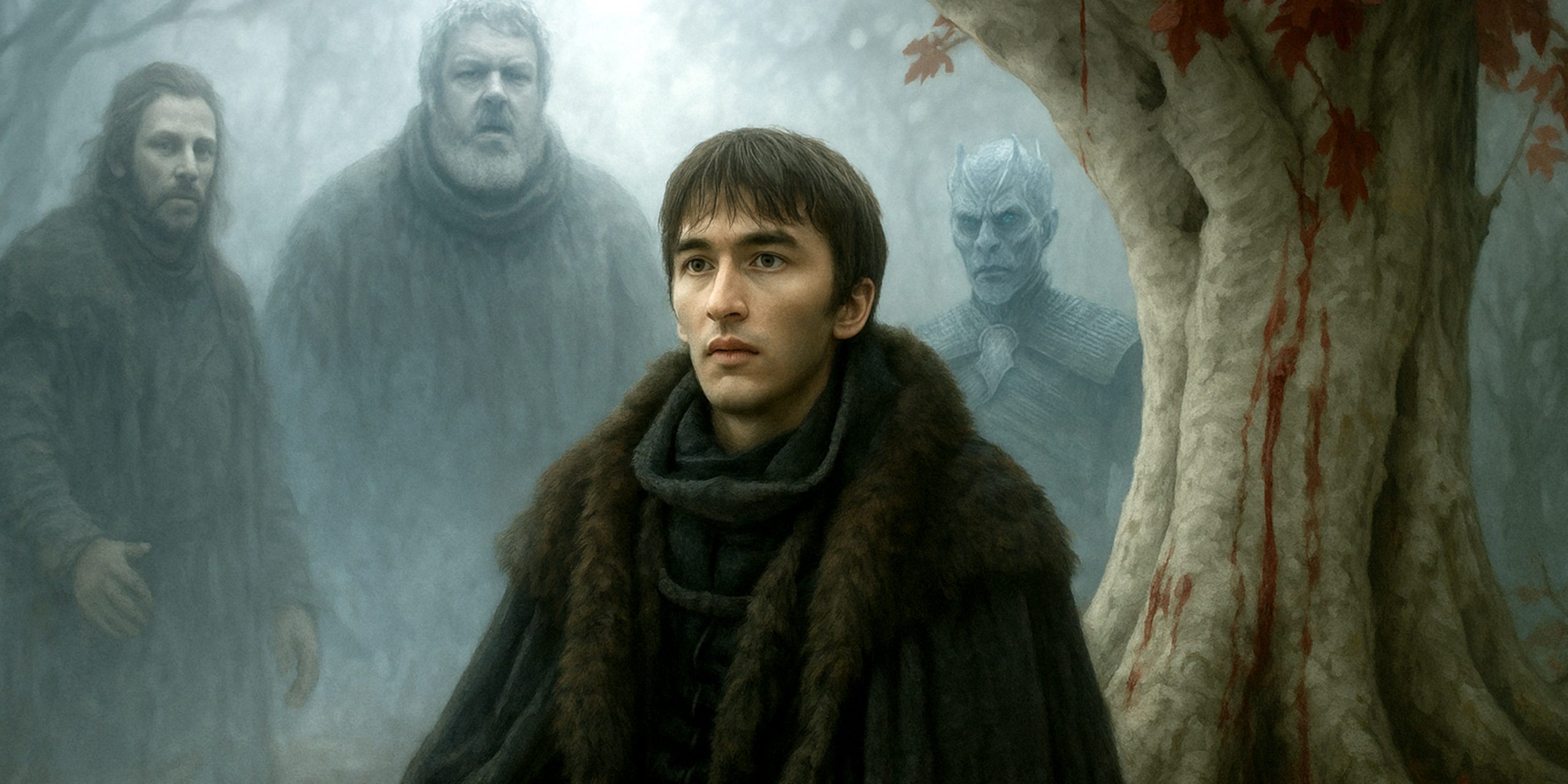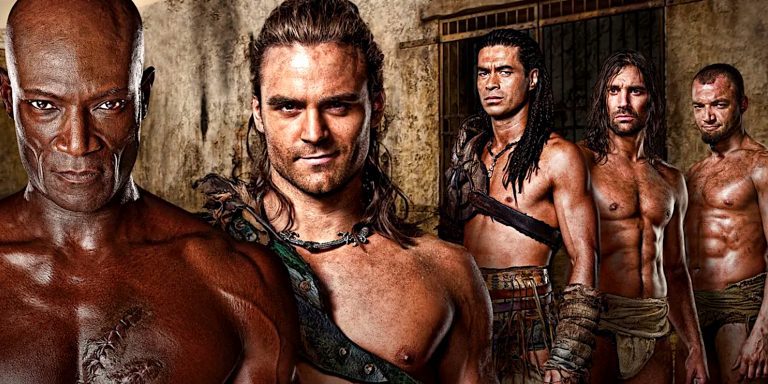
Bran Stark’s journey from a curious Winterfell boy to the Three-Eyed Raven is one of the strangest and most unsettling arcs in Game of Thrones. He starts out climbing walls and dreaming of knighthood, only to end up literally breaking time, merging past and present into a haunting mess of prophecy and consequence.
For most of us watching, Bran’s time-travel moments felt like scenes pulled from a fever dream, cryptic, terrifying, and raising more questions than answers. So, let’s pick them apart and look at every time Bran Stark actually changed the past.
1. The Creation of the Night King
Bran’s first real dive into temporal chaos happens when he witnesses the Children of the Forest creating the Night King. They plunge dragonglass into a man’s chest to protect themselves from men, but instead, they unleash an unstoppable evil.
Bran’s curiosity gets the better of him, and he reaches out. The Night King looks directly at him, marking him. This moment blurs every line between observer and participant. The past sees him. He’s no longer just a passive viewer, he’s in the story. From this point, it’s clear that Bran’s visions aren’t just memories; they’re live connections through time.
2. The Tower of Joy Revelation
The Tower of Joy sequence isn’t a direct change to the past, but it’s a crucial pivot in how the past reshapes the present. Bran watches a young Ned Stark find Lyanna dying, whispering about her baby, Jon Snow.
This truth reframes everything we knew about Westeros. Even if Bran doesn’t alter the scene, he uses this memory to shift the political balance of the present. The past becomes a weapon, wielded by someone who now knows every secret that was ever buried.
3. The “Hold the Door” Tragedy
The single most devastating time-loop moment in Game of Thrones.
Bran wargs into Hodor (then a stable boy named Wylis) while also connected to the present-day Hodor holding back the wights. The command to “hold the door” echoes back through time, fracturing Wylis’s mind and locking him in that one tragic phrase forever.
It’s not just Bran watching history, it’s Bran rewriting a person’s entire life. A kind, simple man turned into a human echo of a moment that hadn’t even happened yet. The paradox is brutal: Bran caused the trauma that made Hodor who he was, long before Bran was even born.
4. Ned Stark Hears Him
At the Tower of Joy, there’s a fleeting, goosebump-inducing moment when young Ned seems to hear Bran calling out to him. Ned turns, sensing something, but there’s nothing there.
This is subtle, but it changes everything about how Bran’s powers work. It means the past isn’t sealed. It’s responsive. Bran doesn’t just travel through time; he influences it, even if the people he reaches don’t understand what’s happening.
5. The Death of the Three-Eyed Raven
During one of Bran’s trances, the Night King attacks the cave of the Three-Eyed Raven. Because Bran was marked, the magic protecting them is broken, the past literally invites danger into the present.
This isn’t a change in a single memory; it’s a butterfly effect. Bran’s meddling in history directly alters the current timeline. It’s proof that knowing the past doesn’t just give you insight, it gives you dangerous power.
6. Bran’s Coronation
By the time Bran is crowned King of Westeros, the line between observer and manipulator has completely dissolved.
Did he influence events leading up to it? Probably. He saw everything. He knew every possible outcome. His entire character becomes a paradox: the boy who learned that meddling with the past has consequences, and then quietly built a throne from the wreckage.
It’s less “he changed history” and more “he became history.” The web of timelines leads right to him.
Reflection: Bran, the Unintentional God
The more you think about it, the more unsettling Bran’s role becomes. He’s the living embodiment of causality collapse. Every decision he makes ripples across centuries, erasing the idea of free will.
As a Gen Z historian might say: Bran’s basically the Westerosi version of someone breaking the simulation code because they got bored. He didn’t just watch history, he uploaded himself into it, glitches and all.
Legacy and Interpretation
Fans still debate whether Bran’s interference was destiny or arrogance. Did he always have to become the Three-Eyed Raven? Was Hodor’s tragedy inevitable? The show leaves that hauntingly open.
Whatever your stance, Bran’s time meddling made Game of Thrones a rare fantasy that toyed with determinism and consequence in a way most series don’t dare.
Key Takeaways:
- Bran’s visions weren’t passive; they interacted with the timeline.
- The “Hold the Door” sequence is a closed-loop paradox, permanently altering a person’s life.
- The Night King’s awareness of Bran’s presence blurs the line between past, present, and prophecy.
- Bran’s knowledge reshapes Westerosi politics as much as swords or dragons ever did.
The Seven Swords Takeaway
Bran Stark didn’t just change the past, he proved it’s not even real. It’s a memory, and memory can be rewritten. In the end, he sits on the throne not because he wanted power, but because he already knew he’d have it.
A boy who fell from a tower ended up bending time itself. Westeros never stood a chance.



